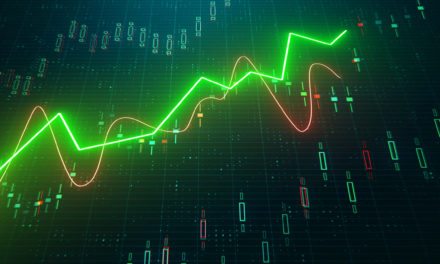
“Only buy something that you’d be perfectly happy to hold if the market shut down for 10 years.”
— Warren Buffett
The investment philosophy practiced by Warren Buffett calls for investors to take a long-term horizon when making an investment, such as a ten year holding period (or even longer), and reconsider making the investment in the first place if unable to envision holding the stock for at least five years. Today, we look at how such a long-term strategy would have done for investors in Constellation Brands Inc (NYSE: STZ) back in 2009, holding through to today.
| Start date: | 07/20/2009 |
|
|||
| End date: | 07/17/2019 | ||||
| Start price/share: | $12.84 | ||||
| End price/share: | $199.38 | ||||
| Starting shares: | 778.82 | ||||
| Ending shares: | 817.72 | ||||
| Dividends reinvested/share: | $8.63 | ||||
| Total return: | 1,530.37% | ||||
| Average annual return: | 32.21% | ||||
| Starting investment: | $10,000.00 | ||||
| Ending investment: | $163,046.25 | ||||
As we can see, the ten year investment result worked out exceptionally well, with an annualized rate of return of 32.21%. This would have turned a $10K investment made 10 years ago into $163,046.25 today (as of 07/17/2019). On a total return basis, that’s a result of 1,530.37% (something to think about: how might STZ shares perform over the next 10 years?). [These numbers were computed with the Dividend Channel DRIP Returns Calculator.]
Notice that Constellation Brands Inc paid investors a total of $8.63/share in dividends over the 10 holding period, marking a second component of the total return beyond share price change alone. Much like watering a tree, reinvesting dividends can help an investment to grow over time — for the above calculations we assume dividend reinvestment (and for this exercise the closing price on ex-date is used for the reinvestment of a given dividend).
Based upon the most recent annualized dividend rate of 3/share, we calculate that STZ has a current yield of approximately 1.50%. Another interesting datapoint we can examine is ‘yield on cost’ — in other words, we can express the current annualized dividend of 3 against the original $12.84/share purchase price. This works out to a yield on cost of 11.68%.
One more piece of investment wisdom to leave you with:
“Your investor’s edge is not something you get from Wall Street experts. It’s something you already have. You can outperform the experts if you use your edge by investing in companies or industries you already understand.” — Peter Lynch
STZ




